Huernia insigniflora ‘Olga 2’
Scientific name: Huernia insigniflora ‘Olga 2’
Common names: Lifesaver Cactus, Starfish Flowers, Carrion Flowers
Natural habitat: This plant is native to South Africa, specifically found in regions like Limpopo, Mpumalanga, and Wolkberg.
Flowers: Flowers of Huernia insigniflora emerge solitarily from the base of young stems, blooming in late summer and fall. They are known for their unpleasant smell, which attracts pollinating flies. The flowers feature pale rose or ivory, 5-pointed corolla lobes that are triangular with long, narrow attenuating tips. They spread out star-like around a bright red, deep purple, or liver-colored annulus around the flower tube.
Stems: The plant forms a clump of erect, 4-angled, dull grey-green stems with protruding teeth. These stems can grow up to 4 inches (10 cm) tall and 0.8 inches (2 cm) wide.
$5.50
Huernia insigniflora, known as the Lifesaver Cactus, is a unique and intriguing addition to any succulent collection. Originating from South Africa’s diverse landscapes, this small but captivating plant is a perfect choice for those looking to add an exotic flair to their indoor or outdoor spaces. The grey-green stems, reaching up to 4 inches (10 cm) tall, are adorned with protruding teeth, creating an engaging visual texture. The flowers are the main attraction, blooming in late summer and fall with pale rose or ivory corolla lobes that spread star-like around a bright and vividly colored annulus. While the flowers’ smell is designed to attract pollinators, it adds an authentic touch of the wild to your environment. Ideal for plant enthusiasts who appreciate the unusual and extraordinary, Huernia insigniflora is not just a plant; it’s a piece of African beauty and a conversation starter in any setting.
General Care for Stapeliads
Stapeliads are a unique group of succulent plants known for their striking flowers and interesting forms. They belong to the Apocynaceae family and are mostly native to Africa, with some species found in Asia and the Middle East. Here’s a general guide to caring for Stapeliads:
- Lighting: Stapeliads thrive in bright, indirect light. Direct sunlight can be harmful, especially during the hottest parts of the day. A partially shaded spot is ideal.
- Watering: These plants require moderate watering. Allow the soil to completely dry out between waterings. Over-watering can lead to root rot, so it’s essential to ensure good drainage.
- Soil: Use a well-draining cactus or succulent mix. Stapeliads prefer a soil mix that allows for good air circulation around the roots.
- Temperature: Most Stapeliads prefer warm temperatures and are not tolerant of frost. Keep them in temperatures above 6-8°C (43-46°F).
- Humidity: Stapeliads generally do well in average room humidity. However, during the growing season, a slight increase in humidity can promote healthier growth.
- Fertilization: Feed sparingly during the growing season. Use a balanced, water-soluble fertilizer at half strength.
- Propagation: Propagation can be done through stem cuttings or seeds. Allow cuttings to dry before planting.
- Pests and Diseases: Watch out for pests like mealybugs and take precautions against snails and slugs. Stapeliads are generally resistant to diseases if well taken care of.
Specification: Huernia insigniflora ‘Olga 2’
| Weight | 0.55 lbs |
|---|



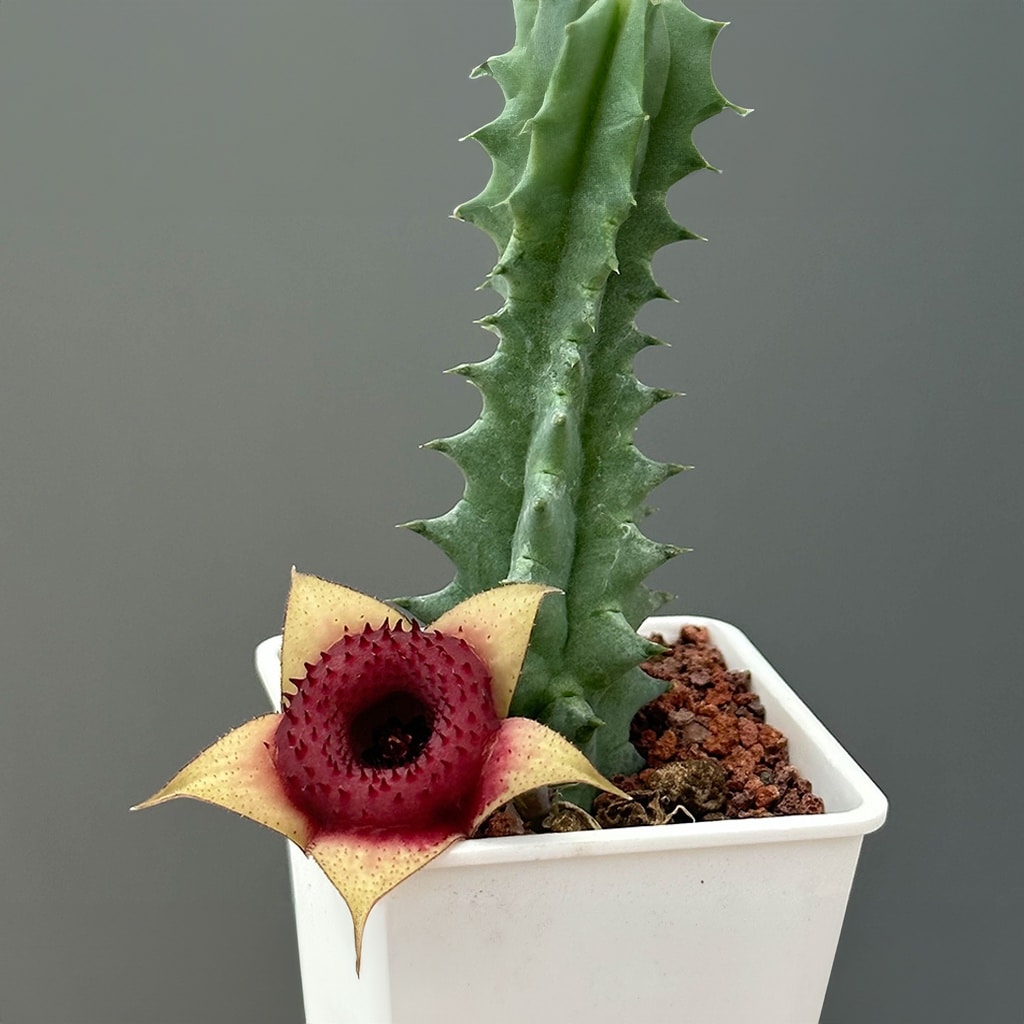
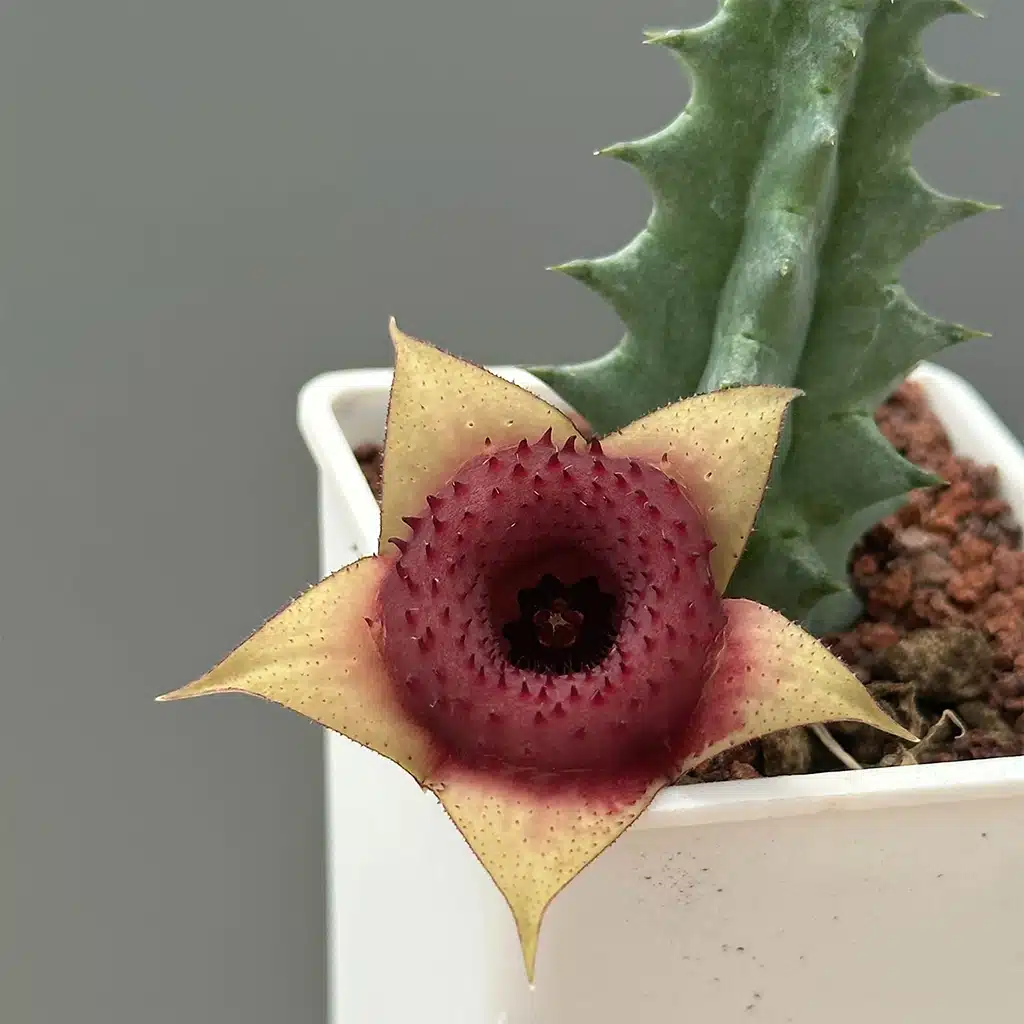



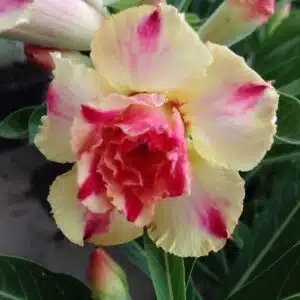
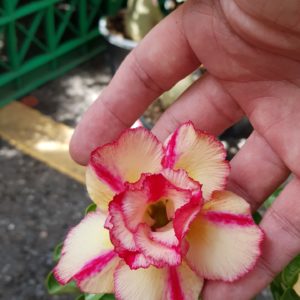
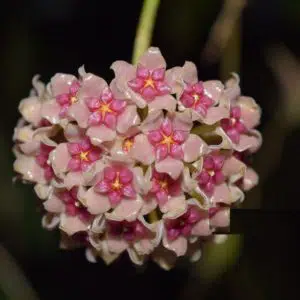
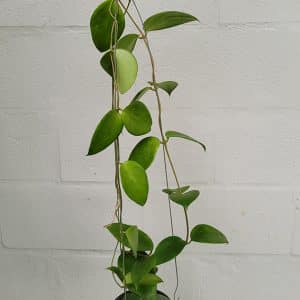
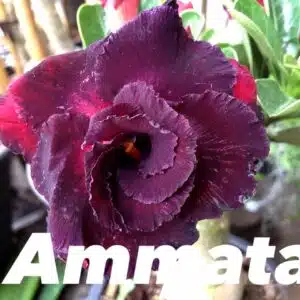
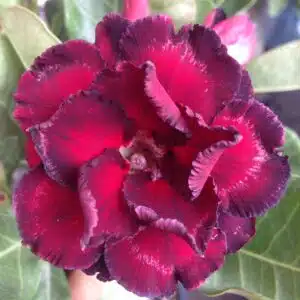

There are no reviews yet.